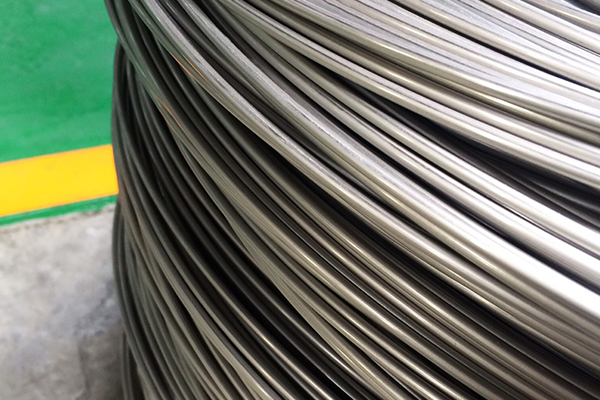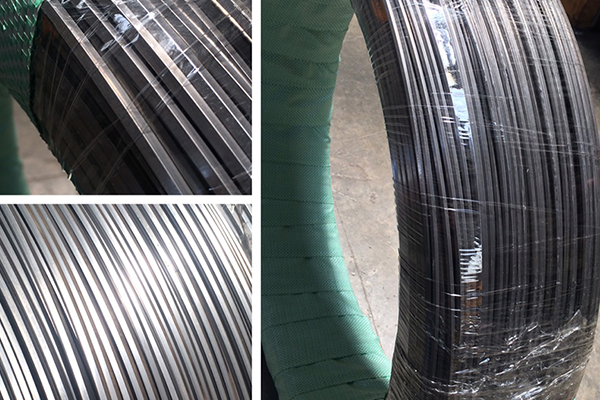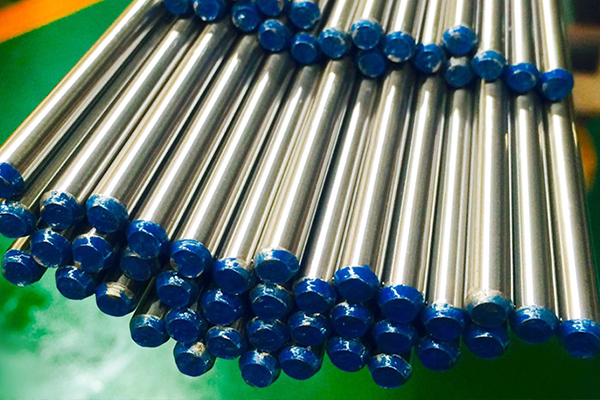Stainless steels are highly resistant to corrosion in the variety of environments because of their chemical compositions containing chromium, nickel, and molybdenum…etc. When those elements are melted, they will form a protective cover isolated from oxygen on the surface; as a result, stainless steels are covered to avoid oxidation. Hence, the corrosion resistance could be enhanced by adding those elements. However, stainless steels can be basically classified into three groups by phase constituent of microstructure.
| 300 Series Stainless Steels: | Austenitic Grades ( 303, 304, 316, NSSC130M, and DS205…etc.) |
| 400 Series Stainless Steels: | Ferritic Grades (430, 430F, and 434…etc.) Martensitic Grades ( 410, 416, 420J2, and 440C…etc.) |
| 600 Series Stainless Steels: | Precipitation hardening (630 and 631) |
Stainless steels are versatile and are widely applied in industries. The difference of their chemical compositions exhibits diverse mechanical properties. Needless to say, how to choose stainless steels, which are suitable in use, becomes challengeable and very significant. Clearly, there are three major aspects recommended for product designers when selecting materials.
- Physical properties
- Chemical properties
- Mechanical properties





